Do you have a question about the BIOTRONIK ICD Series and is the answer not in the manual?
Defines the device's purpose, patient suitability, and limitations for therapy.
Describes the overall device family, its components, and general system structure.
Details the device's physical characteristics and connection types like DF-1/IS-1.
Explains telemetric communication, programmer function, and operating modes.
Lists available technical manuals and product order information.
Lists included items and diagnostic capabilities like impedance measurement.
Covers cardioversion, defibrillation, ATP, and antibradycardia pacing.
Covers safe handling, storage, and operating conditions for the device.
Lists potential issues, failure modes, and patient risks associated with the device.
Details procedures that are contraindicated or carry risks to the patient or device.
Discusses effects of EMI, external defibrillation, and radiation therapy on the device.
Provides a step-by-step guide for implanting the device and connecting leads.
Explains how to establish contact and program the device using the programmer.
Covers patient monitoring during asynchronous modes and setting sensitivity.
Discusses functions to prevent complications and shock impedance limits.
Details the steps for in-office follow-up examinations and data evaluation.
Explains how Home Monitoring supports patient follow-up and data transmission.
Advises on avoiding places with prohibitory signs and patient actions.
Identifies interference sources and provides guidelines for cell phone use.
Explains battery status levels (BOS, MOS, EOS) and indications for replacement.
Provides battery specifications and calculated service times based on usage.
Details steps for safely removing the device from the patient.
Outlines precautions for replacing the device, including lead management.
Lists parameters related to bradycardia and cardiac resynchronization therapy.
Details timing parameters like AV delay and rate hysteresis.
Covers parameters for detecting VT1, VT2, and VF.
Details ATP types, optimization, and shock energy settings.
Describes sensitivity settings and threshold parameters for sensing.
Covers diagnostic parameters like AT/AF, SVT, and periodic recording.
Details parameters for automatic rate adaptation via accelerometer.
Specifies parameters for pacing pulse amplitude and width.
Details shock energy levels and peak voltages for different shock paths.
Provides data on common mode rejection ratios and ATP amplitude measurements.
Covers settings for Home Monitoring and IEGM data transmission.
Lists electrical specifications, measurement conditions, and relevant standards.
Presents calculations for device longevity based on shock frequency and stimulation.
Explains the meaning of various icons found on the device and package labels.
Details symbols related to sterilization, single-use, and packaging integrity.
| Device Type | Implantable Cardioverter Defibrillator (ICD) |
|---|---|
| Manufacturer | BIOTRONIK |
| Communication | BIOTRONIK Home Monitoring |
| Battery Longevity | Up to 10 years depending on usage |
| Pacing Therapy | Yes |
| Therapy Options | ATP, Cardioversion, Defibrillation, Bradycardia Pacing |
| Remote Monitoring | BIOTRONIK Home Monitoring |
| MRI Compatibility | Some devices are MRI conditional. Check specific model for MRI compatibility. |
| Size | Varies by model |
| Lead Compatibility | Compatible with BIOTRONIK leads and industry-standard leads |
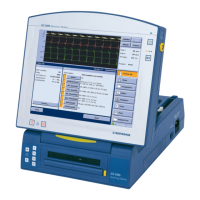
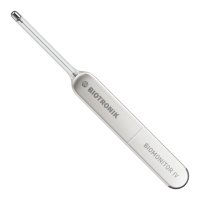
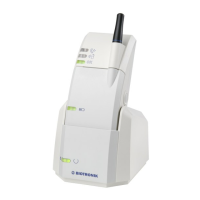
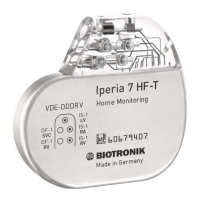
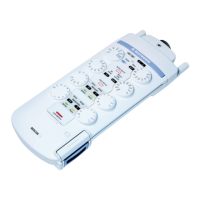
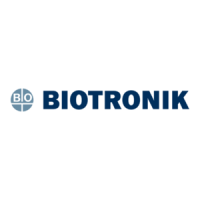





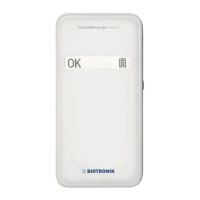
